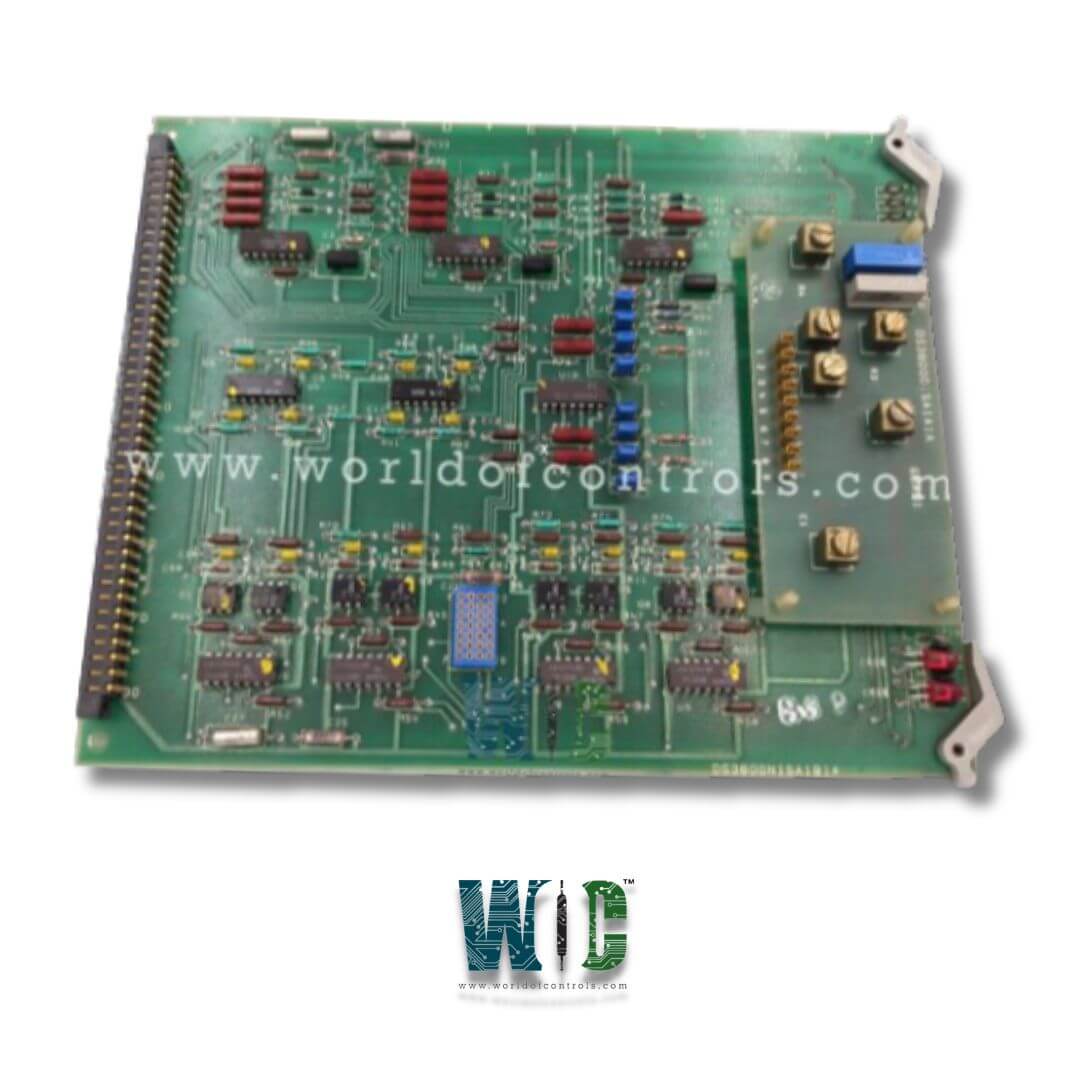
World Of Controls understands the criticality of your requirement and works towards reducing the lead time as much as possible.
DS3800NIDC - Signal Isolator Board is available in stock which ships the same day.
DS3800NIDC - Signal Isolator Board comes in UNUSED as well as REBUILT condition.
To avail our best deals for DS3800NIDC - Signal Isolator Board, contact us and we will get back to you within 24 hours.
Part Number: DS3800NIDC
Manufacturer: General Electric
Series: Mark IV
Product type: Signal Isolator Board
Availability: In Stock
Country of Manufacture: United States (USA)
DS3800NIDC is a Signal Isolator Board designed and developed by GE. It is a part of Mark IV control system. The primary function of the board is to facilitate the safe transmission of electrical signals within the system by isolating them from electrical noise, voltage spikes, and other disturbances that could potentially compromise system performance.
WOC is happy to assist you with any of your GE requirements. Please contact us by phone or email for pricing and availability on any parts and repairs.
What is DS3800NIDC?
It is a Signal Isolator Board designed and developed by GE.
Why is signal isolation important in power plant control systems?
Signal isolation is essential because it protects the control system from electrical surges, noise, and transients that can disrupt the transmission of data. By preventing these disturbances, the card ensures that the system operates correctly and reliably, reducing the risk of malfunctions, downtime, and equipment damage.
How does the board protect sensitive components?
It isolates the incoming signals from the control system's input and output circuits. This isolation protects the equipment from electrical noise, voltage spikes, and short circuits that could cause malfunction or damage. The board effectively ensures that the electrical components of the control system remain safe and operational.